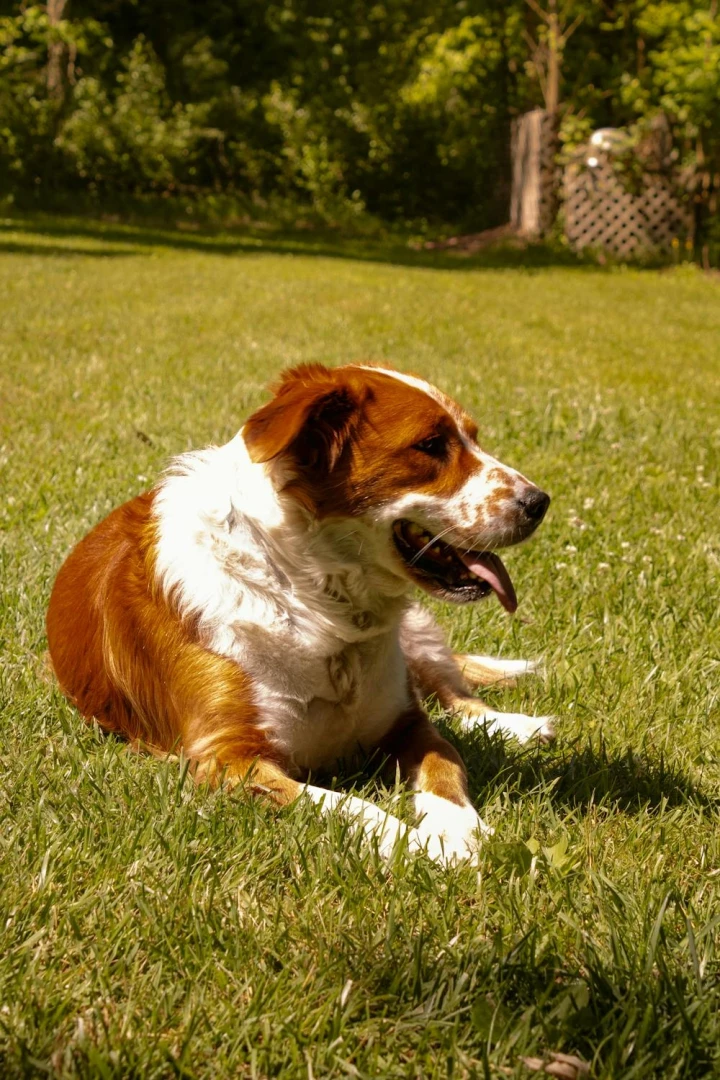
Nederlandse Kooikerhondje
About
The Nederlandse Kooikerhondje is an intelligent, energetic, and affectionate breed that makes a wonderful companion for active families and individuals. With their playful nature, adaptability, and eagerness to please, Kooikerhondjes thrive in homes where they can be part of daily activities and have plenty of opportunities for exercise and mental engagement. Their loyal disposition, coupled with their lively and cheerful personality, makes them a cherished addition to any household looking for an active, devoted canine friend.
 Breed Size
Breed Size
-
Weight (Male)
9-14 kg
-
Weight (Female)
9-14 kg
-
Height (Male)
35-44 sm
-
Height (Female)
35-44 sm
 Coat
Coat
-
Fur Type
Double/Wavy
-
Color
One color
 Care
Care
-
Walk
>45 minutes/day
-
Breed group
Sporting Group
-
Breed Size
M
-
Demeanor category
Reserved with Strangers
 Breed Traits
Breed Traits
-
Barking
-
Good with young children
-
Drooling
-
Energy level value
-
Grooming frequency value
-
Good with other dogs
-
Trainability
 Breeds Club Recognition
Breeds Club Recognition
-
Trainability Category
>Eager to Please
-
Temperament
>Friendly, Alert, Quick
